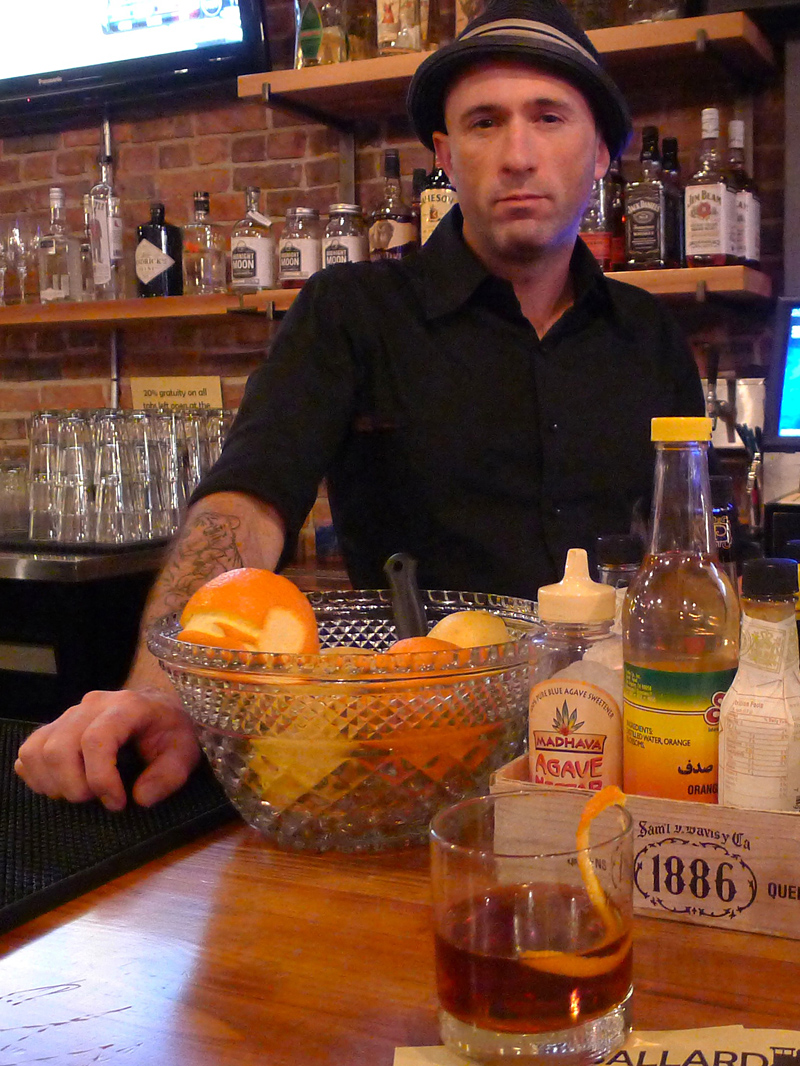Last week, King County Executive Dow Constantine announced his plan to draw $1.4 million from an emergency law-enforcement fund to combat what the Seattle Times calls a “Latino gang war” that he and other local authorities claim is raging throughout the county. During his press conference Constantine cited some scary statistics—he said there are more than 10,000 gang members in the county, and that there have been 29 gang-related homicides and 200 gang-related shootings in just the past three years. That sounds terrifying, and the situation on the streets has undoubtedly grown worse in recent years. But Constantine’s figures are also misleading. Here’s why.
For starters, it’s next to impossible to quantify the number of bona fide gang members in King County. The “more than 10,000” stat comes courtesy of the Sheriff’s Office via the FBI. It includes alleged “gang affiliates”—people who sometimes associate with gang members but aren’t actually in a gang, meaning anyone ever caught in the same car or home as a known gang member.
And since those gang members are constantly going to prison, leaving town, or quitting the gang life, their true numbers are constantly in flux and exceedingly difficult to pin down. The ATF’s Violent Gang Task Force estimate—that there are around 2,000 active gang members in the greater Seattle area—is a fraction of the FBI’s best guess. What’s more, that significantly smaller number encompasses gang members of every ethnicity—African-American, Korean, Russian, etc.—not just Latinos.
As for the 29 homicides, the number cited by King County Prosecutor Dan Satterberg last week when he pleaded with the County Council for more funds to prosecute gang cases, just a fraction of those were committed by Latino gangs. Asked for examples of Latino gang homicides, the prosecutor’s office provided charging documents for five recent murders. But just one involved a Latino gang member, a Norteño, and he stands accused of shooting a member of the Marvin Gangster Crips, a predominantly black street gang.
So how did all this talk of a “Latino gang war” come about? It began, according to various public officials, with last month’s shooting at a car show in Kent that left 12 people wounded. Later that night, a retaliatory shooting sent another man to the hospital. In an interview last week, Satterberg said at least five gunmen exchanged fire in the melee. However, both he and Kent Police acknowledged that the suspects—still at large—are likely from out of town, possibly from Yakima, Mount Vernon, Centralia, or Los Angeles.
Satterberg first used the term “war” when addressing the County Council. But he backed away from that word during an interview with Seattle Weekly. “It’s a scary word, but it’s a word the Sheriff’s [gang] detective used to describe what’s going on,” the prosecutor said. “[The car show incident] was a battle in a conflict that shows no signs of simmering down.”
But Joe Gagliardi, the gang detective in the King County Sheriff’s Office whom Satterberg cited, also played down the military rhetoric. “I guess you could call it a gang war,” Gagliardi said reluctantly. “It’s basically the rivalries that have existed for a while that have sparked and intensified because of a couple recent incidents.”
Both he and Satterberg acknowledged that there have been no gang-related shootings since the July 23 car-show fracas. So if a war really has broken out on the streets of South King County, it’s a remarkably bloodless one.
Nevertheless, gangs—particularly Latino ones—are undoubtedly a growing and serious problem in areas like White Center, South Park, Burien, Kent, Auburn, and Rainier Valley. To that end, the $1.4 million from the county’s emergency fund could be money well spent, especially since roughly a third of it will be budgeted for outreach and prevention initiatives, including salaries for two caseworkers who will oversee back-to-school and employment programs.
Satterberg also points to a newly implemented program sponsored by his office called the 180 Project. Approximately 600 cases for first-time gang offenders will be deferred in the coming year if the kids involved agree to participate in a variety of arts, mental-health, drug-rehab, and mentor programs administered through Zion Prep Academy in Columbia City.
“It’s using the power of the prosecuting attorney’s office to get these kids help,” Satterberg says, “to get them to realize they have choices, they don’t have to be gang members.”
That’s exactly the sort of forward thinking that Seattle needs when approaching its escalating gang problem, not hyperbole and hysteria that demonizes an entire ethnic group. Unfortunately, hyperbole and hysteria seems to be exactly what’s necessary to convince elected officials and the general public that something should be done about it.







